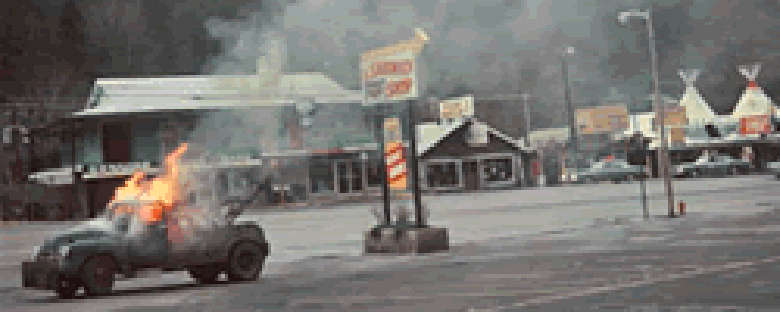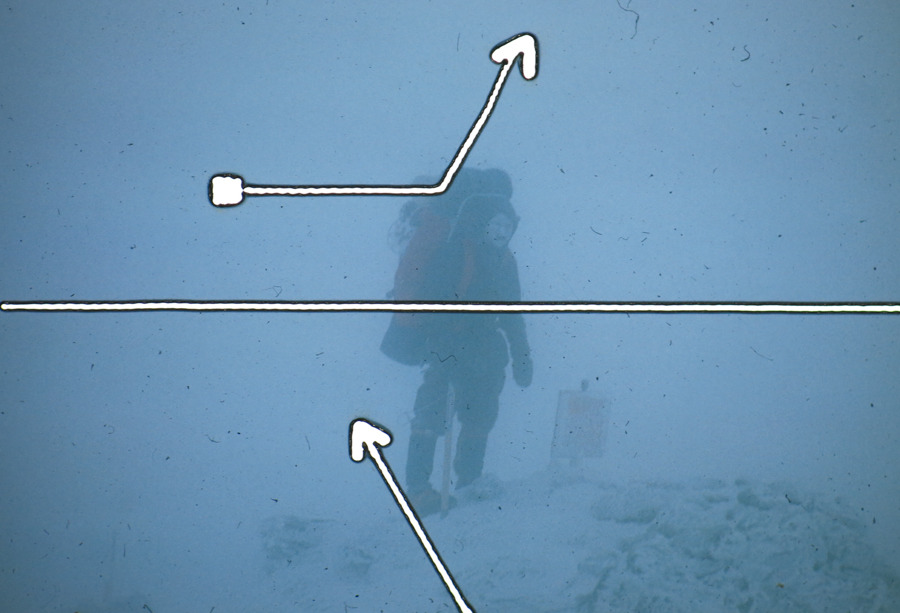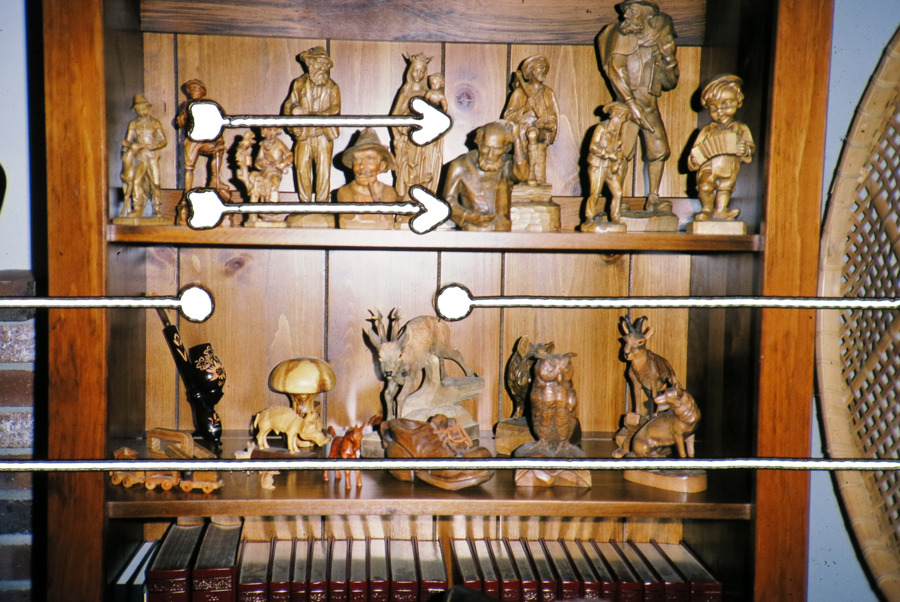Last week I continued with and took more seriously (sort of) a photography (sort of) project centered around ideas of consumerism, social media culture, waste, self-awareness, and THE INTERNET. I was toying with several different things, clearly, but mostly I wanted it to be an examination of my own wastefulness and privilege. At my school, we have an incredible buffet-style dining service with great food but I don't always eat everything I ask for. Without thinking about the project, I get my food and eat normally and then photograph it for Instagram as it is when I'm finished. Sometimes I eat it all, sometimes I leave mass quantities of food to be thrown away. Michel de Certeau, in his book,
The Practice of Everyday Life, highlights the impact of the individual. This project has forced me to think more about how I eat and be proactive about steering it in a healthier direction (for all).

But the
really fun stuff is the social media. Look at how many people I'm connected with.
I wanted to try to be like one of the awesome spam accounts you see on Instagram.
At one point, the app wouldn't let me follow anymore people because I followed so many so quickly. If you want to get noticed on THE WEB, you need to bombard the world with your content. And that's what I did! With the help of hashtags (social media symbols that allow users to find similar content at once) I reached a larger audience than just those already following me.
Hopefully it will grow over time. Exponentially.
Also, you know those super annoying people that post pictures of their food or coffee with a ton of hashtags? That's another, more satirical aspect of the project in which I tried to emulate that same enthusiasm for sharing your plate and presenting it as art, but making sure the art is completely disgusting (there are exceptions). Sometimes it even unintentionally looked beautiful.
 |
Ridley Tankersley
04/07/15 #plate1 #dinner #tacos
#tacotuesday #food #plate #art, 2015 |
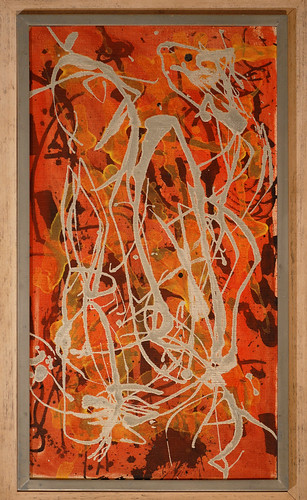 |
Jackson Pollock
Red, 1950 |
 |
Ridley Tankersley
04/11/15 @sjrennick's #beets #noodles
#peas #alfredo #food #plate #art, 2015 |
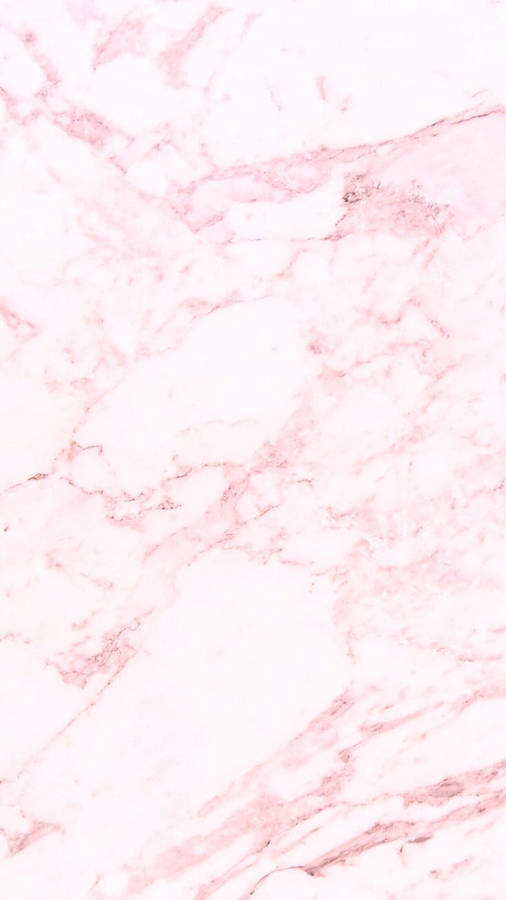 |
Kimberly Conrad
Pinkogram II, 2010 |

I will keep all you loyal fans updated as the project continues!
Unrelated,
this FIDLAR album is very well mixed.
